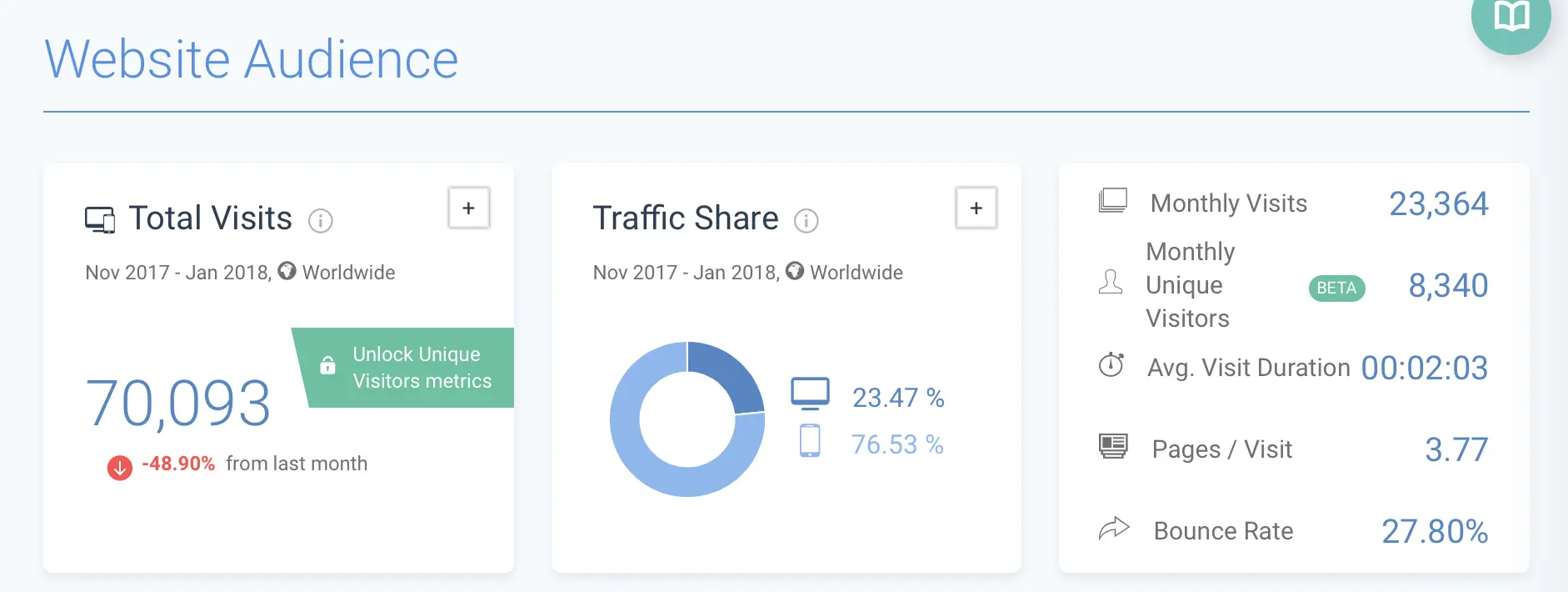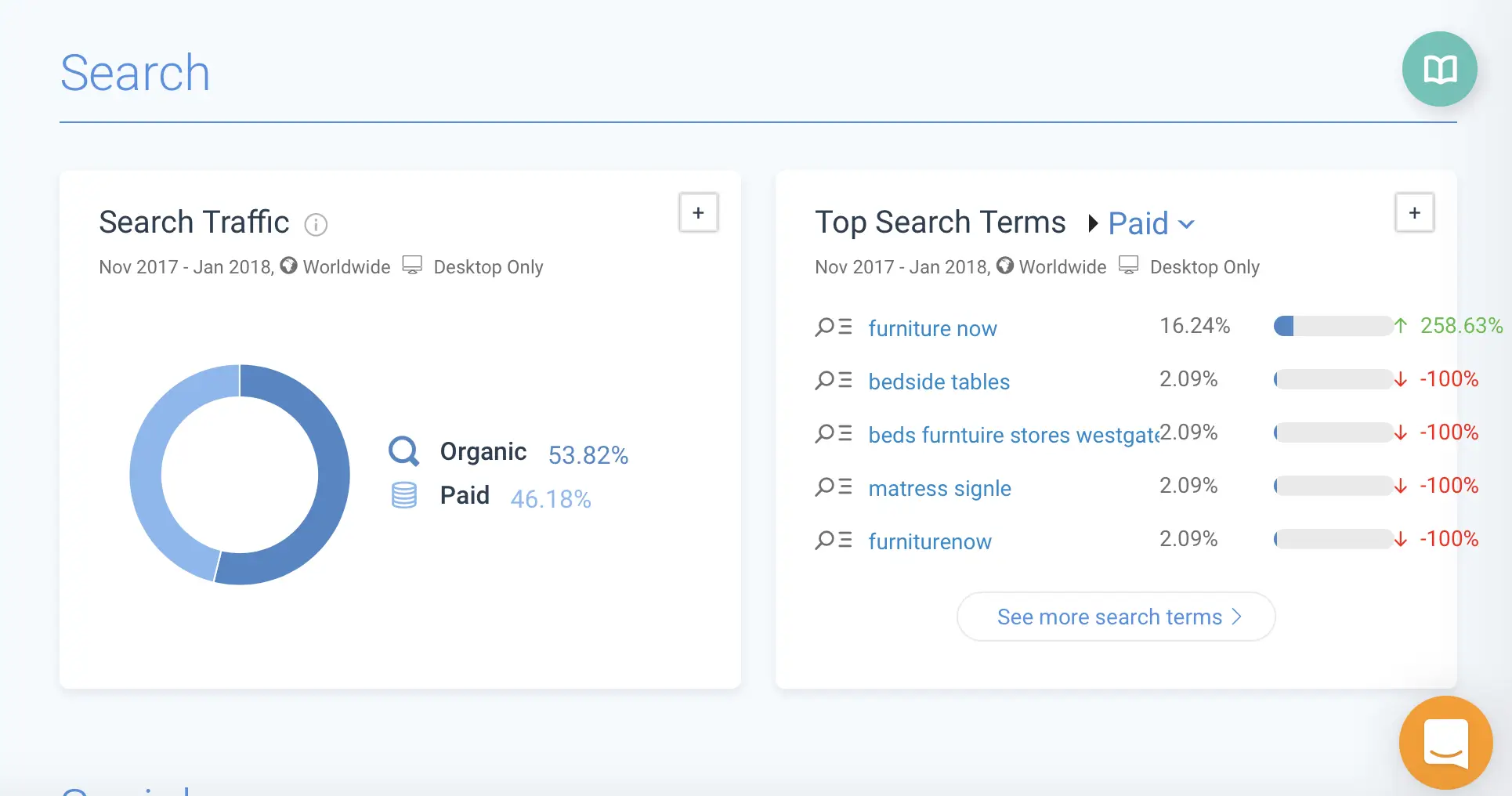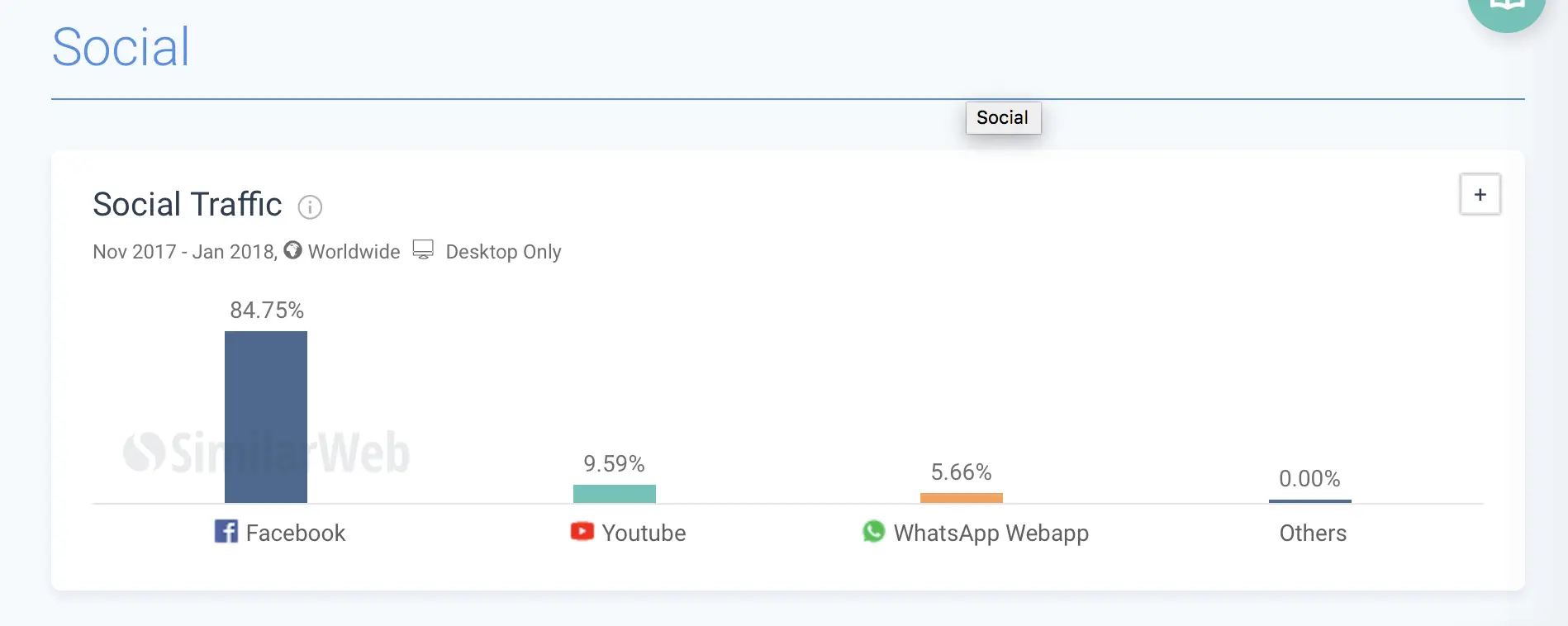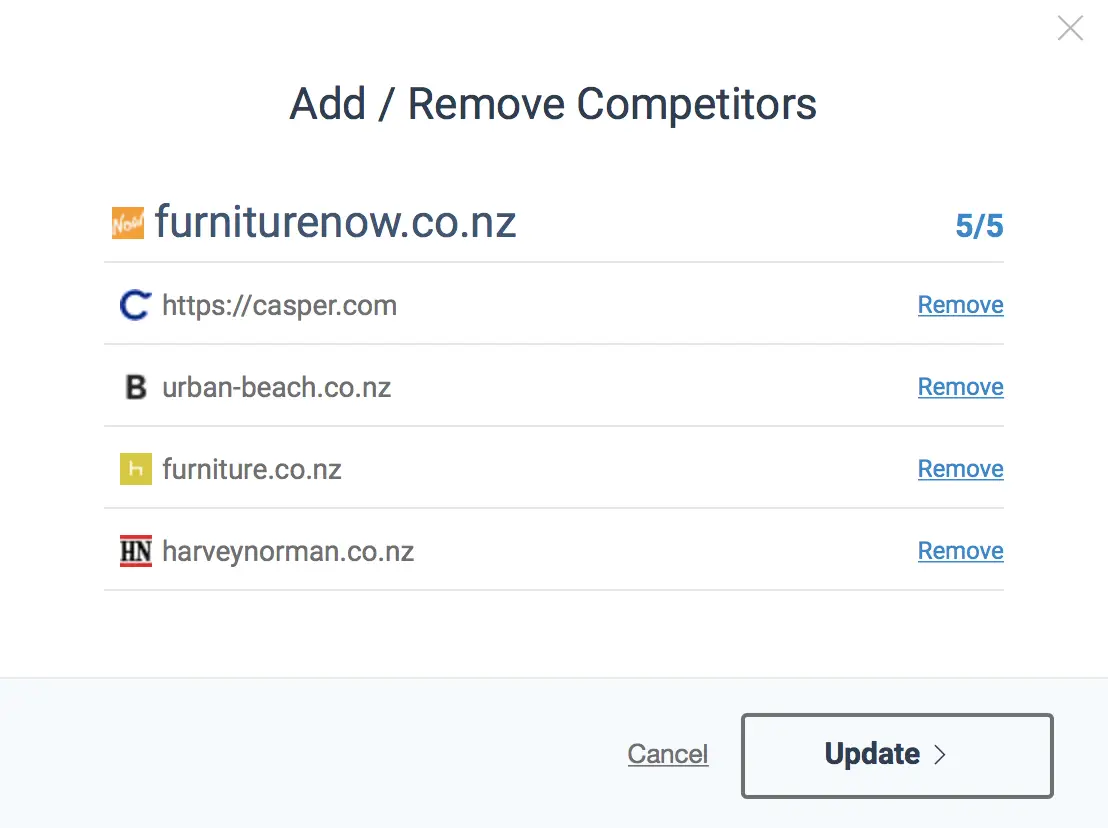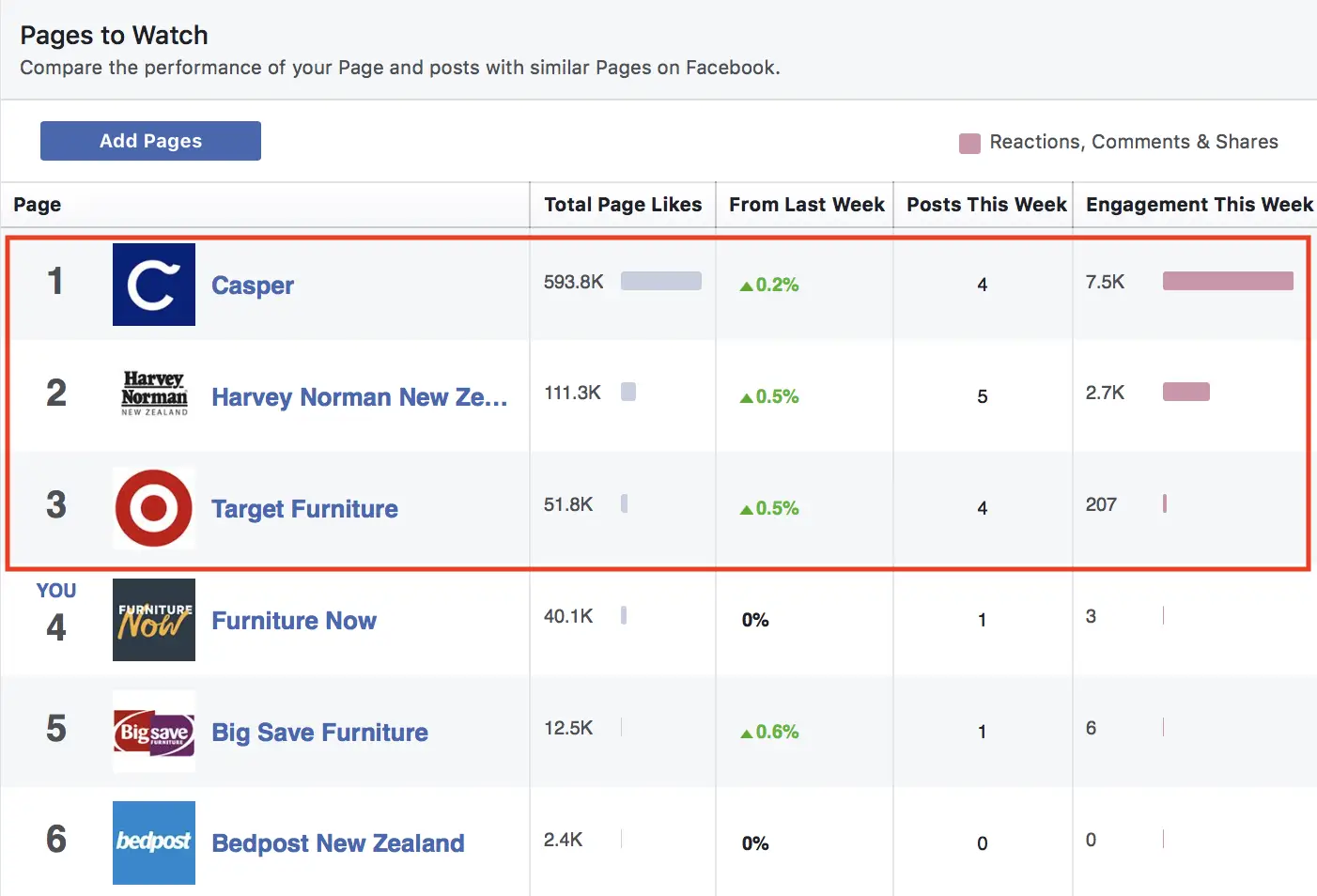How to Monitor Your eCommerce Competitors

To be successful in ecommerce, you have to look at what your competitors are doing. That doesn’t mean you should steal their ideas, jump on their listings or anything unethical. You should, however, pay attention to what they’re posting on social, the type of engagement they’re getting, and more. Understanding your competitors goes beyond looking at their recent ad campaigns. There are methods to monitoring your competitors to find out how to get more sales. Here they are.
Types of Competitors
In the online retail space, an ecommerce professional has three main types of competitors. There are direct competitors, indirect and substitute competitors. Here is a description of each:
Direct Competitors
Direct competitors sell the same products that you do, and they sell them on the same channels you sell on. They’re a Shopify store owner. They promote their products on social media. They are likely marketing to the same audience as you.
Indirect Competitors
Indirect competitors don’t sell the exact same thing you do, and they might sell it on different channels. They’re an eBay seller, you sell on Amazon. You have a Shopify store, they stick with a WooCommerce WordPress site. Their marketing focus is different from yours. But they are successful, so you can learn from them.
Substitute Competitors
Substitute competitors sell something different than what you sell, but their product solves the same problem yours does. For example, you sell curtains and your substitute competitor sells mini blinds.
Direct competitors are, obviously, the competitors you need to keep the closest eye on. There are many ways to monitor your competitors, and some are easier than others.
Three Approaches
Let’s look at three ways you can monitor your competitors, and learn tricks to help you market your own products.
Website’s Metrics
To truly understand your competitor, you need to look much deeper:
- What are their traffic volumes?
- Where are their customers coming from?
- What’s their website’s bounce rate?
You can look at your own site through the same lens and understand a lot of what your competitor is doing right. This is true, especially, when the competitor has more of an audience than you do.
The website metrics you need to analyze:
- Traffic numbers
- Engagement levels
- Bounce rates
- Traffic demographics
- Sources of traffic
- Other sites people visited
- Organic vs. Paid reach
- Details on social traffic
I will use SimilarWeb which offers both a free and paid package, with the paid package offering more metrics than the free version.
Website Audience
See total visits, web and mobile traffic, monthly unique visitors, and bounce rate.
Traffic Channels
Now you know what channel is most effective for them.
Keywords
When you know what keywords work best for your direct competitors, you can use them for your paid search.
Social Traffic
Don’t get much traffic from Pinterest or Instagram? Maybe neither do your competitors. See what networks are dominant and invest more in them. It may happen that you are looking in wrong places, and your target audience don’t use this or that social.
Compare Competitors
With SimilarWeb you can add up to 5 websites to compare them.
Facebook Insights
Go to Facebook-Insights-Overview and scroll down until Pages to Watch.
You can add competitors Pages manually or see Facebook suggestions for you.
Now define top 3 Pages with best performance and analyze them weekly: see what posts get more likes and comments, what campaigns these pages launch etc.
Become Their Customer
It is the best you can do for your business. Yes, become a customer for your competitor. Navigate to their website and do everything you would if you were interested in doing business with the company. Again, choose three best performing competitors and follow the list:
- Sign up for their email newsletter, and take note of how they execute their email marketing strategy
- Make a small purchase. Look at their checkout process. Pay attention to their shipping options and prices. Note how the product is packaged once you receive it.
- Become part of their social media tribe. Read comments. Examine their posts. Pick apart their social media strategy.
- Visit their physical store, if they have one.
- Sign up for their email newsletter, and take note of how they execute their email marketing strategy or how they use WooCommerce email marketing plugins.
To Do List
- Create a list of 10+ Direct Competitors
- Follow them on Social. Every Social.
- Subscribe to their newsletters
- Create a free SimilarWeb account and analyze website metricks
- Add 10+ Facebook Pages in Insights
- Check out their websites regularly. Notice any changes, and see why they made them
- Let me know how it goes in one month. I’m always here for you: [email protected]

local marketing tips monthly
Enterprise: for multi-location and direct selling brands. Manage thousands of social media pages of your local distributors, partners, or franchisees.
Agency: for marketing agencies. Manage all your clients’ social media pages on one platform.




